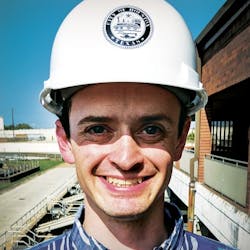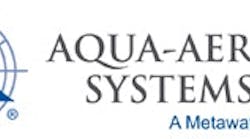About the author:
Bob Crossen is managing editor for WWD and iWWD. Crossen can be reached at [email protected].
Between November and December, I had the privilege to visit two manufacturing facilities for original equipment manufacturers within the water and wastewater industry: Aqua-Aerobic Systems and Blue-White Ind. Generally, when I am on site visits, I am seeing technology in action at a water treatment plant or water reclamation facility. But visiting these two facilities gave me an even deeper appreciation for this industry.
Not only do we need engineers on the treatment side, we also need them to develop the tools necessary to make that treatment equipment, not to mention the engineers who design the systems that build the equipment—perhaps that is too much. In any case, I do not often get a chance to see this equipment brand new, and after working on the funding article for this issue, it got me thinking more about the manufacturing process and the work involved.
Water & Wastewater Equipment Manufacturer’s Assn. (WWEMA) Executive Director Vanessa Leiby raised an excellent point when it comes to funding. Often, this topic is viewed through a lens focused on the municipalities and utilities. It is framed in such a way as to describe the funding strategies that can be leveraged to purchase new equipment. But what about funding new advancements in that equipment?
It can take years and millions of dollars to research and develop a new method for water or wastewater treatment. While profits certainly are a way of shoring up the money to keep that research going, it also can be a great risk. What if the product is amazing, but no municipality is willing to give it a try? That could be a major blow to a company.
Leiby pointed out that in Canada and some European countries, governmental support of research and development through grants or other mechanisms have paved the way for new advancements. Just how that would work in the U.S. is another story, but perhaps we can look to our neighbors to the north and our friends overseas for inspiration to drive funding for new developments in the U.S.
In any case, with this year’s election behind us, a focus on funding is critical in 2019. Thankfully we have strong organizations and associations such as the Water Environment Federation, the American Water Works Assn., and WWEMA—among others—working on an infrastructure roadmap to show Congress during Water Week.
So if you have not engaged with them, please do. Let them know your thoughts and get involved. Our unified voice is louder than ever.



